Cangyan Mountain Adventures: Hiking Trails and Historical Treasures
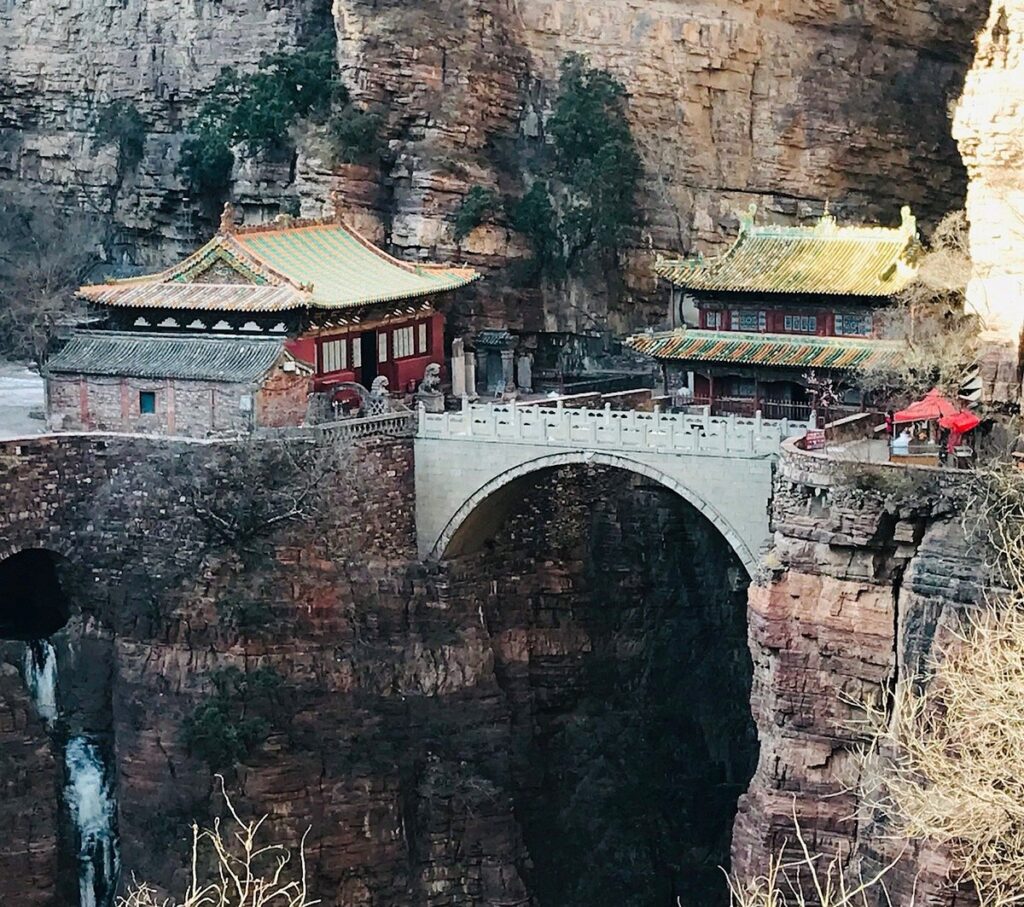
An Essential Guide to Visiting Cangyan Mountain
In This Guide
- An Essential Guide to Visiting Cangyan Mountain
- The Rich History and Legends of Cangyan Mountain
- Main Highlights: What You Absolutely Can’t Miss
- Planning Your Visit: A Practical Guide
- Tickets: Prices, Booking, and Tips
- How to Get There: A Complete Transportation Guide
- Local Cuisine and Accommodation Nearby
- Frequently Asked Questions
- Final Thoughts on Your Trip
Nestled within the breathtaking landscapes of Hebei Province, Cangyan Mountain (苍岩山) stands as a testament to China’s rich tapestry of history and spirituality. Renowned for its stunning cliffs, ancient temples, and serene ambiance, this natural wonder offers an exquisite escape from the bustling cities of China, particularly Shijiazhuang, which lies just a short drive away.
Walking through the picturesque pathways that wind through the mountain, visitors are greeted by the sight of intricate temple architecture that has withstood the test of time. Among its most celebrated features is the Qiaolou, or Hall on the Bridge, a remarkable wooden structure dating back to the Sui Dynasty (581-618 AD), suspended precariously over a gorge. This incredible feat of engineering not only showcases the exceptional skills of ancient builders but also provides stunning vistas of the surrounding landscape, making it a photographer’s dream.
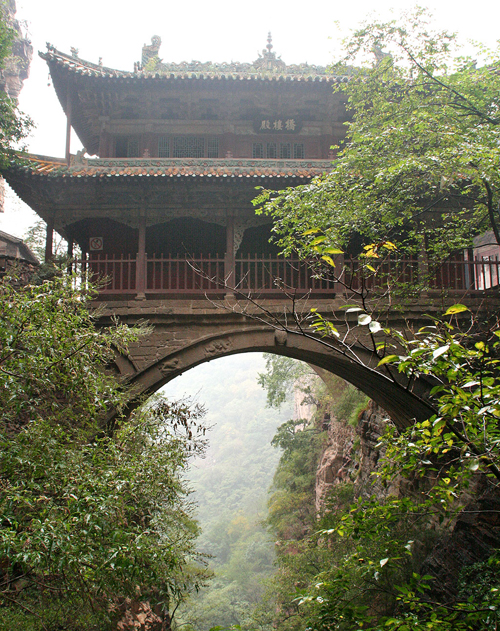
Cangyan Mountain.
Cangyan Mountain is not merely a visual feast; it is a living canvas of Buddhist and Taoist culture, where the air is thick with the scent of incense and the echoes of meditation. Visitors can explore winding trails dotted with smaller shrines, each telling its own story, or take a moment to reflect in the quietude of the temples. Whether you are a history enthusiast, a nature lover, or someone seeking spiritual solace, Cangyan Mountain invites you to immerse yourself in its beauty and tranquility.
As you prepare for your journey to this enchanting destination, here are essential tips and insights that will help you make the most of your visit to Cangyan Mountain, ensuring an unforgettable experience steeped in both culture and nature.
The Rich History and Legends of Cangyan Mountain
Cangyan Mountain, a striking natural wonder located southeast of Shijiazhuang in Hebei Province, is steeped in rich history and captivating legends that draw travelers from around the globe. This majestic site, known for its stunning cliffs and ancient architecture, is not just a feast for the eyes but also a treasure trove of cultural narratives that span centuries.
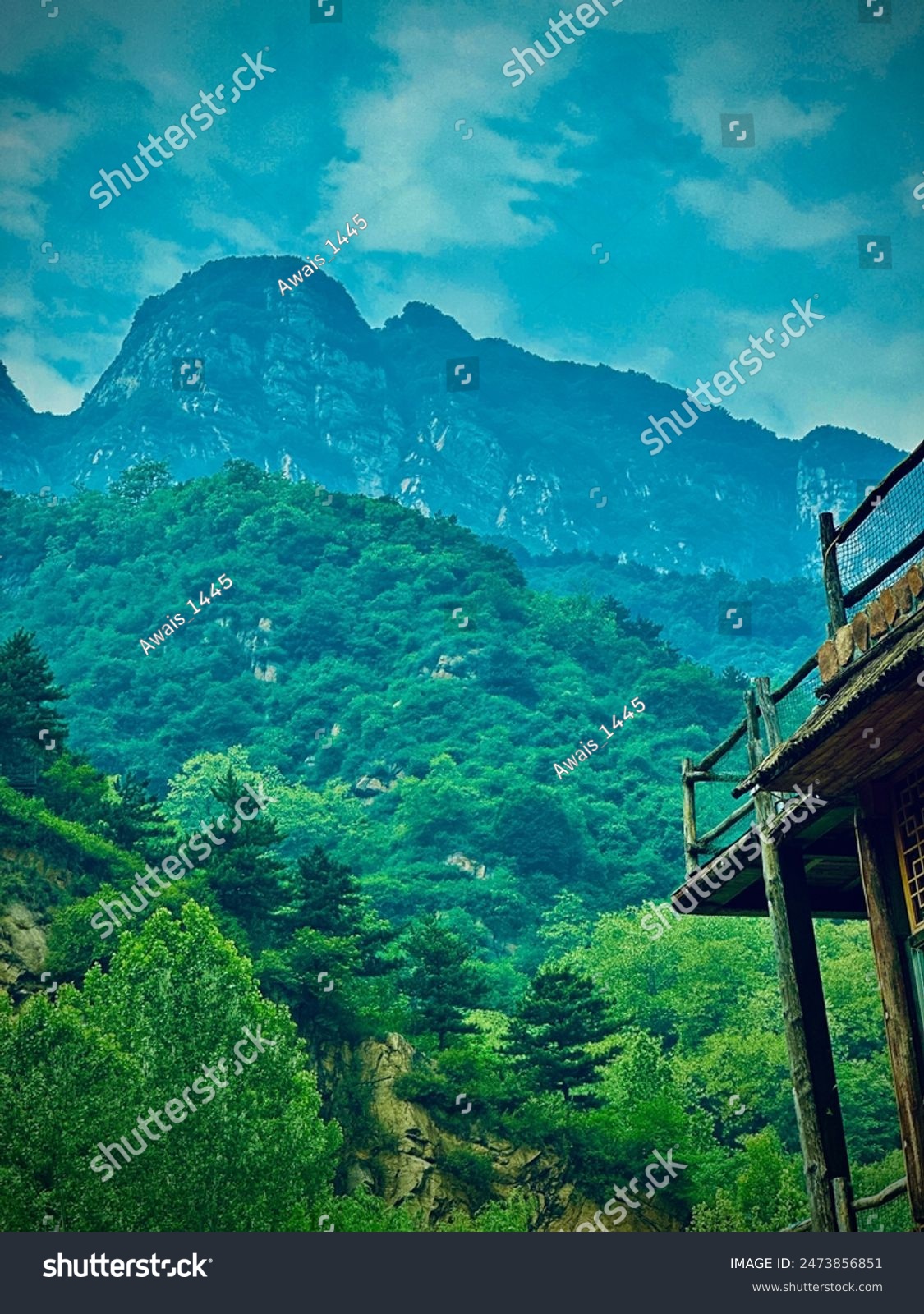
Cangyan Mountain.
Historical Significance
Cangyan Mountain, or Cangyan Shan (苍岩山), has been a sacred site for both Taoism and Buddhism for over a millennium. The mountain’s history dates back to the Sui Dynasty (581-618 AD), when the first temples were constructed. Among these, the famous Qiao Lou (Hall on the Bridge), a remarkable wooden structure perched precariously over a gorge, stands as a testament to ancient Chinese architectural ingenuity. This temple, built during the Tang Dynasty (618-907 AD), is one of only three suspended temples in China, showcasing the mastery of craftsmanship and the spiritual significance attributed to the site.
Throughout the Song Dynasty (960-1279 AD), Cangyan Mountain became a prominent center for Buddhist learning, attracting monks and scholars. The area is dotted with numerous temples and shrines, each narrating a story of devotion and philosophical pursuit. The serene environment and breathtaking views have inspired poets and artists, linking the mountain to the broader cultural fabric of Chinese history.
Legends and Myths
Cangyan Mountain is steeped in folklore, enriching the experience for visitors. One of the most popular legends involves the Eighteen Arhats, revered figures in Buddhism known for their wisdom and spiritual power. According to local lore, these Arhats once roamed the mountain seeking enlightenment. It is said that their spirits still linger in the temples, blessing visitors with peace and clarity during their stay.
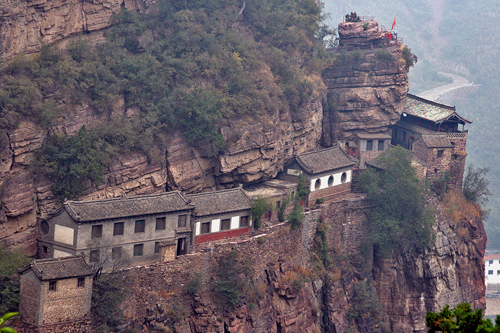
Cangyan Mountain.
Another captivating tale is the story of the Cangyan Dragon. This dragon, believed to protect the mountain and its sacred sites, is often depicted in carvings and paintings throughout the temples. Legend has it that the dragon would emerge from the clouds, bringing rain to the parched lands below, ensuring the prosperity of the local villages. This mythical creature symbolizes strength and protection, embodying the deep connection between the mountain and the surrounding communities.
Cultural Impact
The combination of stunning natural beauty and rich historical narratives makes Cangyan Mountain a vital part of Chinese cultural heritage. The mountain has been immortalized in various forms of art and literature, influencing both local and national perceptions of spirituality and nature. Films, such as the iconic “Crouching Tiger, Hidden Dragon,” have also showcased Cangyan Mountain’s dramatic landscapes, further embedding its legendary status in popular culture.
Visitors to Cangyan Mountain today can explore its many temples, hike along its scenic trails, and immerse themselves in the tranquility that has attracted seekers of wisdom and beauty for centuries. Whether you are drawn by the historical significance, the allure of legends, or simply the breathtaking views, Cangyan Mountain promises an unforgettable journey into the heart of Chinese history and culture.
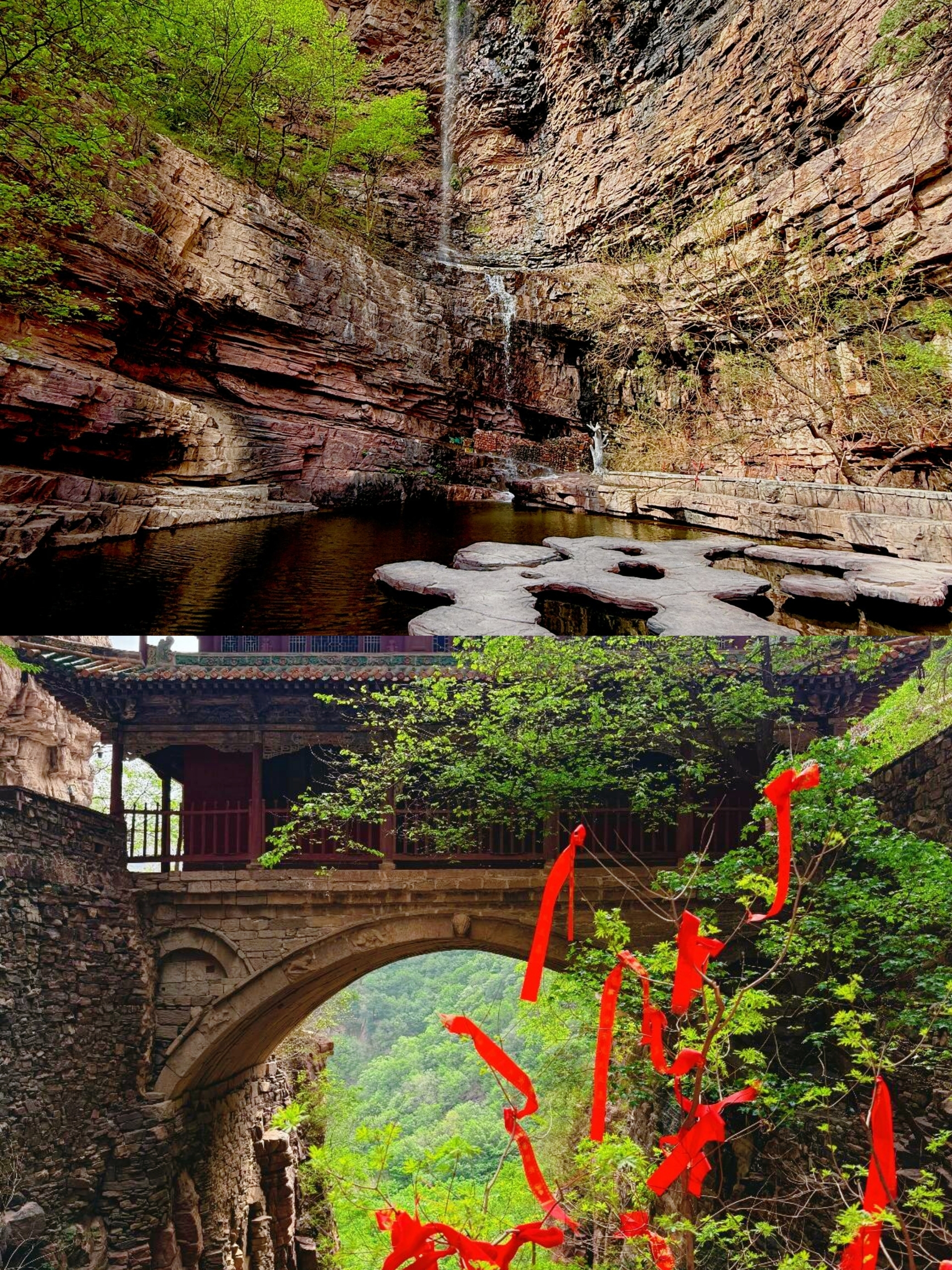
Cangyan Mountain.
Conclusion
In summary, Cangyan Mountain is not just a natural landmark; it is a living testament to the intertwining of history, spirituality, and cultural legacy. Each stone, each temple whispers tales of ancient times, inviting you to discover the rich narratives that shaped this extraordinary place. As you walk the trails and breathe in the mountain air, you will find yourself part of a story that has endured through the ages, a story that continues to enchant and inspire.
Main Highlights: What You Absolutely Can’t Miss
Cangyan Mountain, a breathtaking natural wonder located in Shijiazhuang, Hebei Province, is not just a feast for the eyes but a treasure trove of history and spirituality. Here are the main highlights that you absolutely cannot miss during your visit:
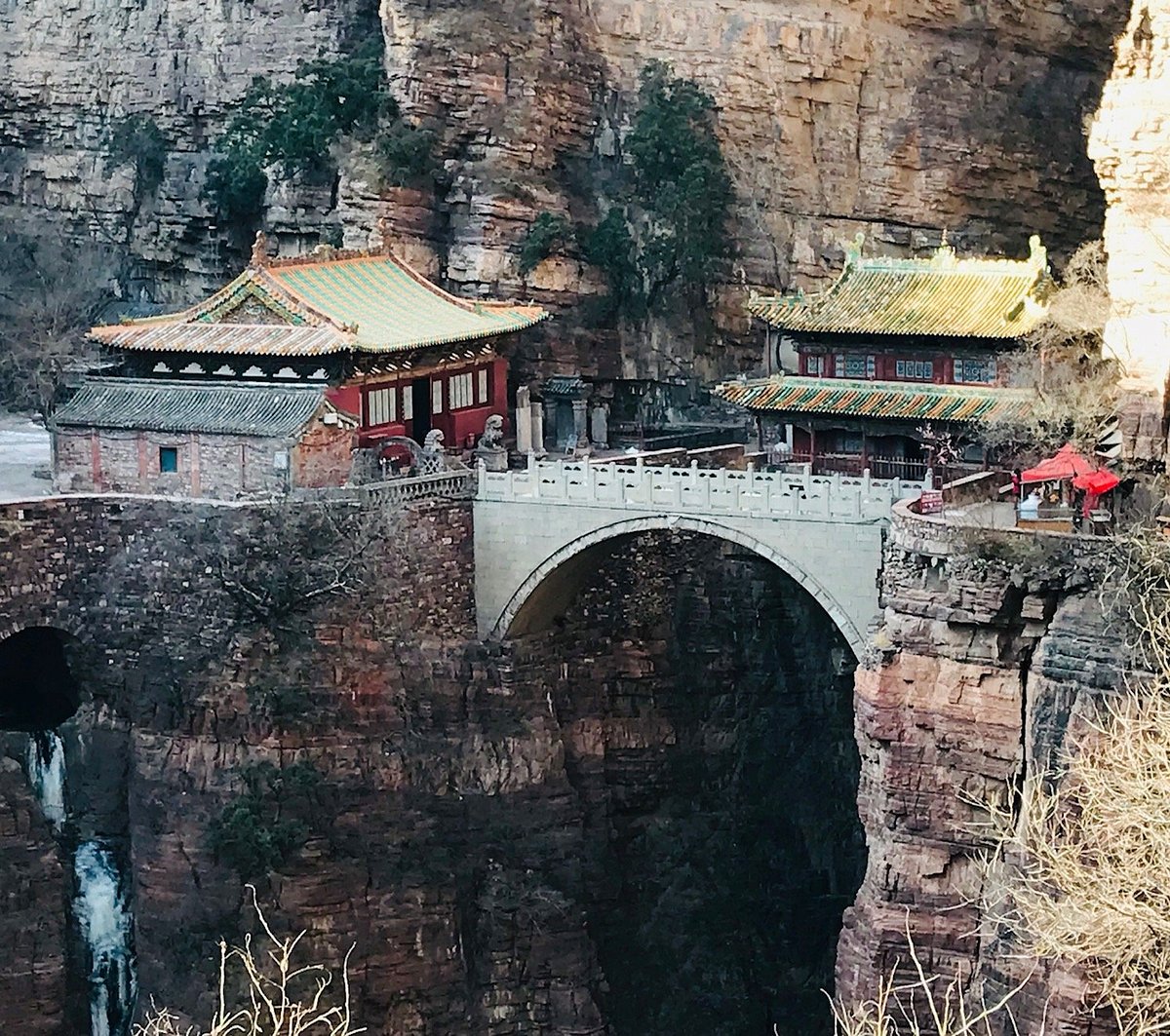
Cangyan Mountain.
Qiaotoudian (The Hall on the Bridge)
A Marvel of Ancient Architecture
This stunning wooden temple, dating back to the Sui Dynasty (581-618 AD), is one of only three suspended temples in China. Perched precariously over a gorge, Qiaotoudian is a testament to the ingenuity of ancient Chinese builders. The temple’s unique structure allows for spectacular views of the surrounding cliffs and valleys, making it an ideal spot for photography and reflection. Be sure to take the time to admire the intricate wooden carvings and the serene atmosphere that envelops this sacred site.
Scenic Hiking Trails
Explore Nature and Spirituality
Cangyan Mountain offers a variety of hiking trails that cater to different levels of fitness. The main loop trail is an easy, approximately 1.5-hour walk that winds through the cliffs and is dotted with smaller temples. Along the way, you will encounter breathtaking vistas, lush greenery, and the soothing sounds of nature. Make sure to wear comfortable shoes and take your time to soak in the tranquil environment.
The Dramatic Cliffs
Dramatic Views and Photo Opportunities
The rugged cliffs of Cangyan Mountain are not only visually striking but also provide a dramatic backdrop for your adventures. As you traverse the trails, pause at various viewpoints to capture the stunning landscapes. The interplay of light and shadow on the cliffs, especially during sunrise or sunset, creates a magical atmosphere that is perfect for photography enthusiasts.
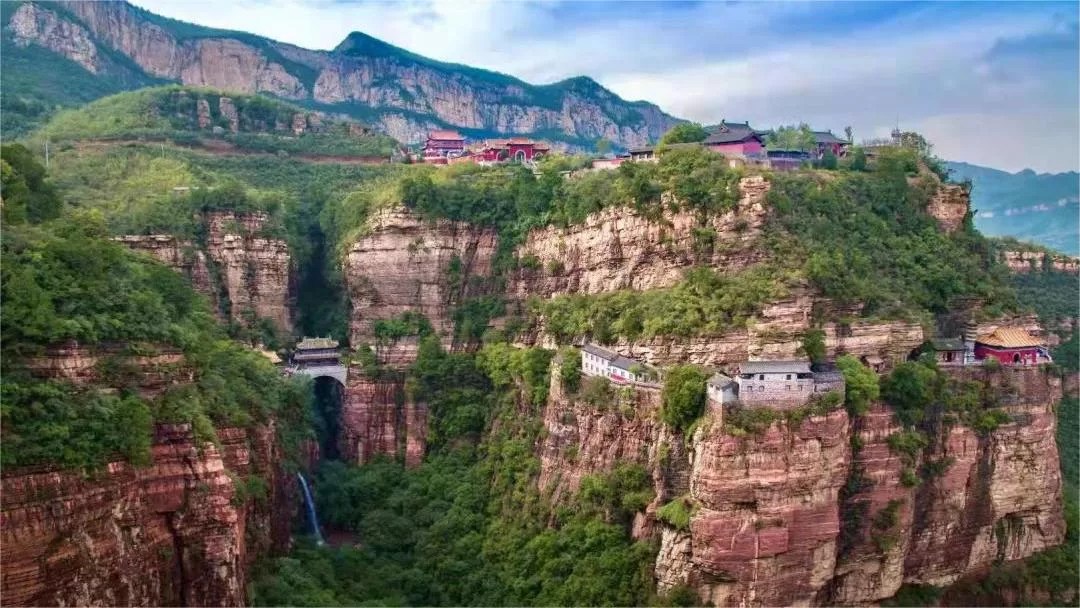
Cangyan Mountain.
Ancient Temples and Cultural Significance
A Journey Through Time
The mountain is home to several ancient temples that reflect the rich spiritual heritage of China. Each temple tells a story and is adorned with intricate carvings and statues symbolizing Buddhist and Taoist beliefs. While some areas are reserved for meditation, the exterior of these temples is accessible for photography. Take a moment to appreciate the craftsmanship and the tranquil ambiance that make these temples a perfect escape from the hustle and bustle of modern life.
Convenient Access and Visitor Facilities
Planning Your Visit
Getting to Cangyan Mountain is relatively straightforward. Visitors can easily take a Didi ride from central Shijiazhuang, with costs around 300 yuan each way. Tickets to the site are affordable (65 yuan for adults, 32 yuan for children), and a shuttle bus is available from the reception center to the main entrance. For those who prefer a more leisurely ascent, there are gondola lifts, although availability may vary, so it’s best to check ahead.
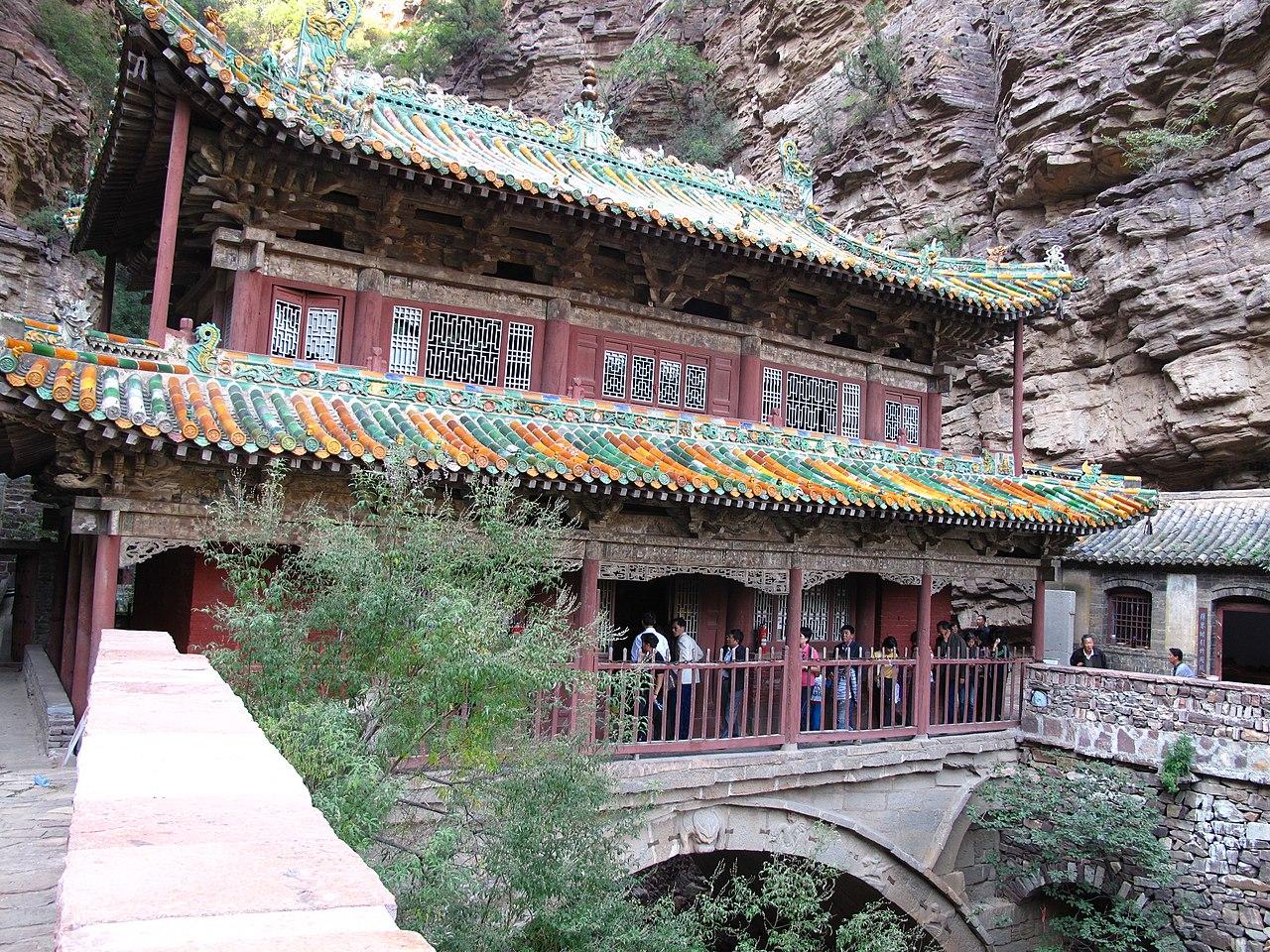
Cangyan Mountain.
The Surrounding Area
Explore Nearby Attractions
While Cangyan Mountain is a highlight in itself, the surrounding area also boasts attractions worth exploring. Nearby, you can find Longyan Temple and Qiaolou Palace, both rich in history and cultural significance. These sites can enhance your understanding of the region’s spiritual landscape and architectural heritage.
Conclusion
Cangyan Mountain is a captivating blend of natural beauty, ancient architecture, and spiritual tranquility. Whether you are hiking through its scenic trails, marveling at its temples, or simply soaking in the serene atmosphere, this destination promises an unforgettable experience that resonates with the profound history and culture of China. Make sure to include it in your itinerary when visiting Shijiazhuang!
Planning Your Visit: A Practical Guide
Preparing for Your Journey to Cangyan Mountain
Cangyan Mountain, known as “Green Cliff Mountain” in English, is a stunning natural and cultural gem located in Shijiazhuang, Hebei Province. This destination combines breathtaking vistas with rich history, making it a must-visit for anyone interested in Chinese culture and architecture. Below is your practical guide to help make the most of your visit.
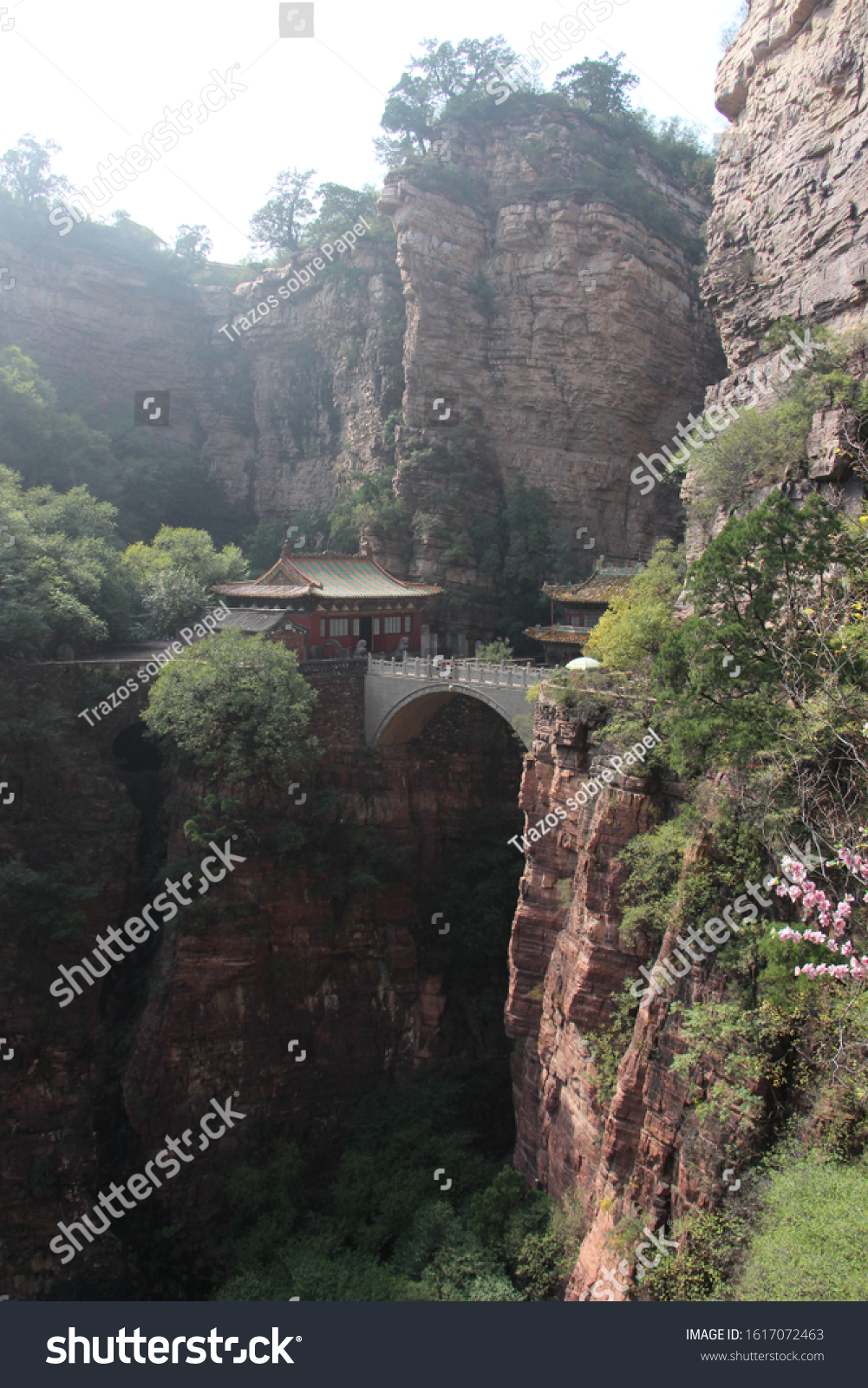
Cangyan Mountain.
Getting There
- By Train:
-
From Beijing: The most convenient way to reach Cangyan Mountain is by taking a bullet train from Beijing West Train Station to Shijiazhuang Train Station. The journey takes approximately 90 minutes.
-
By Car:
- Once in Shijiazhuang, you can hire a taxi or a ride-sharing service (like Didi) to the mountain. Expect to pay around 300 yuan for a six-seater vehicle one way, with additional charges for waiting time.
Entry Fees and Operating Hours
- Ticket Prices:
- Adults: 65 yuan
-
Children: 32 yuan
-
Operating Hours:
- Cangyan Mountain is open daily from 9:00 AM to 4:00 PM. It’s advisable to arrive early to fully explore the area.

Cangyan Mountain.
What to Expect
Cangyan Mountain is renowned for its ancient architectural wonders, including several temples nestled among its cliffs. Here’s what you can look forward to:
-
Stunning Views: The mountain offers breathtaking views, especially from the Qiao Lou (Hall on the Bridge), one of the only three suspended temples in China, built during the Sui Dynasty.
-
Hiking Trails: A well-marked loop trail takes about 1.5 hours to complete. The paths are dotted with temples and offer a pleasant hiking experience, with options to ascend via cable cars when operational.
-
Photography: While interior photography is restricted to maintain the sanctity of the temples, the exterior views provide ample opportunities for stunning photographs against a backdrop of dramatic cliffs.
Tips for Your Visit
-
Wear Comfortable Shoes: The terrain includes paved stairways and natural trails, so sturdy footwear will enhance your experience.
-
Stay Hydrated: Although there are shops along the trails selling drinks and snacks, it’s wise to carry a bottle of water, especially during warmer months.
-
Plan for Weather Variability: The weather can change rapidly in the mountains. Dress in layers and prepare for sudden rain or cooler temperatures.
-
Respect Local Customs: Cangyan Mountain is a site for meditation and worship. Be mindful of the environment and the spiritual practices of others during your visit.

Cangyan Mountain.
Nearby Attractions
If time permits, consider exploring these nearby sites:
- Longyan Temple: A serene spot to delve deeper into local spirituality.
- Qiaolou Palace: A historical landmark that showcases ancient architectural styles.
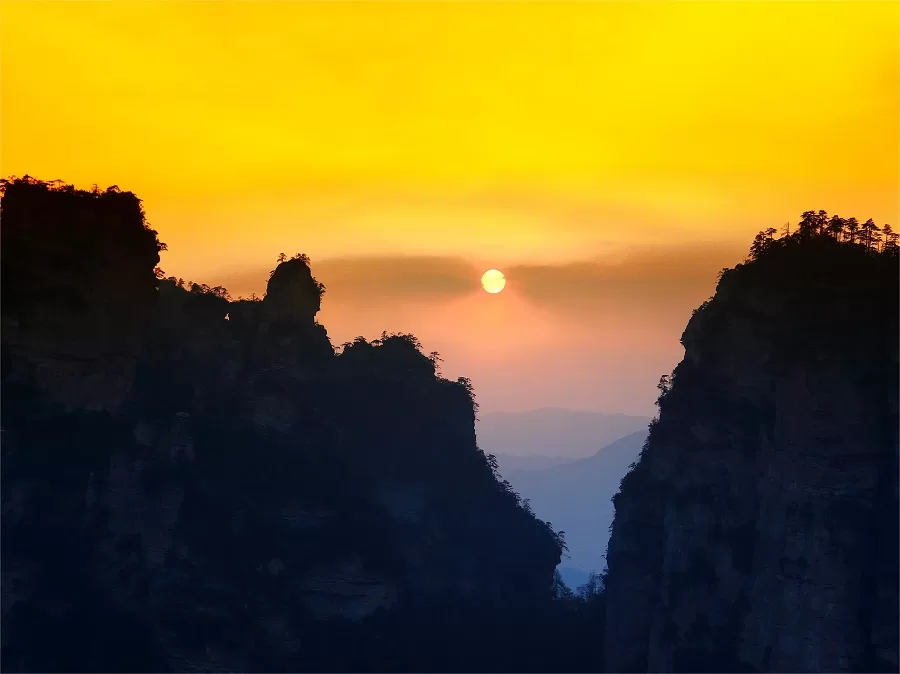
Cangyan Mountain.
Conclusion
Visiting Cangyan Mountain is not just a trip; it’s an immersion into the beauty and history of China. From its awe-inspiring structures to the stunning natural scenery, prepare to be enchanted by this remarkable destination. Whether you’re hiking its trails or meditating in its temples, Cangyan Mountain promises a memorable experience that resonates with the essence of Chinese culture.
Tickets: Prices, Booking, and Tips
When planning your visit to Cangyan Mountain, it’s essential to have a clear understanding of the ticketing process, pricing, and some helpful tips to maximize your experience at this historically rich site.
Ticket Prices
- General Admission:
- Adults: 65 CNY
- Children: 32 CNY
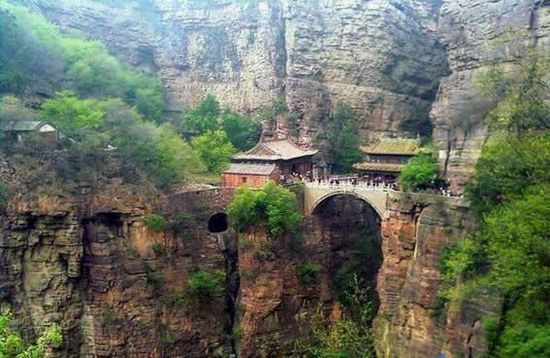
Cangyan Mountain.
These prices grant you access to the main attractions of Cangyan Mountain, including its breathtaking temples and scenic trails.
Booking Your Tickets
Tickets can be purchased directly on-site at the reception center. While this is the most straightforward option, it’s advisable to arrive early, especially during peak tourist seasons, to avoid long queues and ensure you have ample time to explore.
Getting There
To reach Cangyan Mountain from Shijiazhuang, consider the following transportation options:
- Didi (Ride-Hailing Service):
- A six-seater vehicle can cost around 300 CNY one way, with an additional 40 CNY for waiting time. The return trip will typically be the same price.
- Private Driver: If you’re coming from Beijing, a private driver from your hotel can provide a comfortable and convenient journey, costing around 700 CNY for the round trip. This can be an excellent option if you’re traveling in a group.
Additional Tips
- Gondola Lifts: While gondola lifts are available for a scenic ride to the top, they may be closed during certain periods. Always check for their operational status before your visit to avoid disappointment.
- Trail Experience: The hiking trails around Cangyan Mountain are well-marked and provide a mix of easy and moderate climbs. Be sure to wear comfortable shoes, as some sections may include steep stairways and rugged paths.
- Photography: You can take photos of the stunning temples from outside. However, the interiors are typically reserved for meditation and quiet reflection.
- Refreshments: There are various small shops along the trails where you can purchase snacks and drinks, so there’s no need to carry too much with you.
- Plan Your Visit: Cangyan Mountain is open from 9:00 AM to 4:00 PM daily. Arriving early will allow you to fully appreciate the peaceful atmosphere and the stunning views as the day unfolds.
Final Thoughts
A trip to Cangyan Mountain is not just a journey through breathtaking landscapes; it’s a dive into the rich tapestry of Chinese history and spirituality. By planning ahead and understanding the ticketing and travel nuances, you’ll set the stage for a memorable adventure at one of Shijiazhuang’s most treasured sites.
How to Get There: A Complete Transportation Guide
Getting to Cangyan Mountain: Your Comprehensive Transportation Guide
Cangyan Mountain, known as Cangyan Shan (苍岩山), is a breathtaking natural wonder located in the Hebei province, just a stone’s throw from the bustling city of Shijiazhuang. This picturesque site is famous for its ancient temples and stunning cliffside views, making it a must-visit for anyone interested in Chinese history and culture. Here’s how you can reach this magnificent mountain with ease.
Arrival in Shijiazhuang
By Air:
The nearest airport to Cangyan Mountain is Shijiazhuang Zhengding International Airport (SJW), located approximately 40 kilometers from the city center. Several domestic airlines operate flights here from major cities like Beijing, Shanghai, and Guangzhou.
By Train:
Shijiazhuang is well-connected by train, with high-speed rail options from Beijing West Railway Station taking around 30 to 90 minutes, depending on the service. This is a popular choice for travelers due to its speed and convenience.
By Bus:
Long-distance buses also connect Shijiazhuang to various cities in Hebei and neighboring provinces. The main bus station is located in the city center.
Getting to Cangyan Mountain
Once you arrive in Shijiazhuang, there are several ways to reach Cangyan Mountain:
1. Taxi/Didi:
The most convenient option is to hire a taxi or use Didi, China’s equivalent to Uber. From the city center, it takes approximately 1 to 1.5 hours to reach Cangyan Mountain, depending on traffic. The fare is typically around 300 Yuan one way, with an additional waiting fee if you decide to have the driver wait for you.
2. Private Driver:
For those seeking a more comfortable experience, consider booking a private driver through your hotel or travel agency. This option allows for a more personalized journey and often includes local insights about the area. Expect to pay around 700 Yuan for the round trip.
3. Public Bus:
If you’re looking for a budget-friendly option, take a public bus from Shijiazhuang to Jingjing County. From there, you can find local transportation or taxis to take you closer to the mountain. However, this method may take longer and can be less convenient if you are not familiar with the local bus schedules.
At Cangyan Mountain
Upon arriving at Cangyan Mountain, you will need to purchase entrance tickets, which are around 65 Yuan for adults and 32 Yuan for children. A shuttle bus will take you from the reception center to the base of the mountain.
You have two primary options for ascending the mountain:
-
Hiking: A scenic loop trail winds through the cliffs, dotted with ancient temples. This hike takes about 1.5 hours and is suitable for most fitness levels.
-
Gondola Lift: For those preferring a less strenuous route, you can opt for the gondola lift—although be sure to check its operational status beforehand, as it may be closed during certain times.
Tips for a Smooth Journey
-
Plan Your Timing: Cangyan Mountain is open from 9:00 AM to 4:00 PM daily. Arrive early to enjoy the serenity of the mountain and avoid the crowds.
-
Comfortable Shoes: Wear comfortable footwear, especially if you plan to hike. The trails can be steep and uneven in places.
-
Phrasebook or Translation App: While you may find some English speakers, having a phrasebook or a translation app handy can enhance your experience when communicating with locals.
-
Cash: Ensure you have sufficient cash on hand, as small vendors and some taxi drivers may not accept digital payments.
With this guide, you are well-prepared to embark on your journey to Cangyan Mountain. Whether you’re captivated by its ancient architecture or the stunning natural scenery, your visit is sure to be an unforgettable experience. Enjoy your adventure!
Local Cuisine and Accommodation Nearby
Exploring Cangyan Mountain not only offers a glimpse into stunning natural beauty and ancient architecture but also invites you to savor the rich flavors of local cuisine and experience comfortable accommodations nearby.
Culinary Delights
When visiting Cangyan Mountain, indulging in local cuisine is a must. The region is known for its traditional Hebei dishes, which reflect the agricultural bounty of Northern China. Here are some delightful options to consider:
-
Noodles (面条): Don’t miss trying the hand-pulled noodles, a staple in Hebei. These noodles are often served in a fragrant broth alongside fresh vegetables and tender meat.
-
Stewed Fish (炖鱼): Local rivers provide fresh fish, and stewed fish dishes are popular, often cooked with a medley of spices and herbs that enhance the natural flavors.
-
Braised Pork: A hearty dish, braised pork is slow-cooked until tender, usually served with a side of rice and seasonal vegetables.
-
Local Snacks: Vendors near the mountain often offer a variety of snacks, from sweet rice cakes to savory pancakes filled with scallions, perfect for a quick bite as you explore.
Dining Recommendations
While exploring, consider stopping at these local eateries:
-
Cangyan Mountain Restaurant (苍岩山餐厅): Located near the entrance, this restaurant offers a menu filled with local favorites. The ambiance is relaxed, and you can enjoy a meal while overlooking the stunning mountain views.
-
Longyan Temple Vegetarian Restaurant (龙岩寺素食餐厅): If you’re looking for a vegetarian option, this restaurant offers a range of delicious plant-based dishes inspired by Buddhist cuisine, perfect for health-conscious travelers.
-
Local Street Vendors: As you walk around the area, don’t hesitate to try the various street food stalls. Here, you can sample authentic local snacks that provide a glimpse into everyday life in Hebei.
Comfortable Stays
For those wishing to immerse themselves in the serene environment of Cangyan Mountain, there are several accommodation options that cater to various preferences and budgets:
-
Cangyan Mountain Hotel (苍岩山酒店): This hotel is conveniently located close to the mountain, offering stunning views and comfortable rooms. The on-site restaurant serves local dishes, making it easy to enjoy the regional flavors.
-
Shijiazhuang International Hotel (石家庄国际酒店): If you prefer staying in the city, this hotel offers modern amenities and easy access to public transportation. It’s a great base for exploring both the city and the mountain.
-
Guesthouses and Homestays: For a more intimate experience, consider booking a guesthouse or homestay in the nearby villages. This option not only supports local families but also provides a unique chance to experience authentic hospitality.
Conclusion
A visit to Cangyan Mountain is not just a journey through breathtaking landscapes and ancient sites; it’s also an opportunity to savor the local cuisine and enjoy comfortable accommodations. Take the time to explore the flavors of Hebei and relax in welcoming lodgings, ensuring that your experience is as enriching as it is memorable.
Frequently Asked Questions
Frequently Asked Questions about Cangyan Mountain
1. What is Cangyan Mountain known for?
Cangyan Mountain, located near Shijiazhuang in Hebei Province, is renowned for its stunning natural landscapes and historical temples, including the famous Qiaotoudian, one of China’s few suspended temples. The area is a blend of natural beauty and ancient architectural marvels, making it a significant site for both cultural and spiritual exploration.
2. How do I get to Cangyan Mountain from Shijiazhuang?
Travelers typically take a taxi or ride-hailing service (like Didi) from the center of Shijiazhuang to Cangyan Mountain. The journey takes about an hour and costs approximately 300 yuan one way. Alternatively, it’s common to hire a private driver for the day, which provides flexibility in exploring the area.
3. What are the entrance fees?
As of now, the entrance fee for Cangyan Mountain is 65 yuan for adults and 32 yuan for children. It’s advisable to check for any updates or special events that may affect the pricing.
4. What are the opening hours?
Cangyan Mountain is open daily from 9:00 AM to 4:00 PM. It is essential to arrive early in the day to fully enjoy the sights and avoid the crowds.
5. Are there hiking trails available?
Yes, there are several hiking trails that wind through the mountains and past various temples. The most popular loop can be completed in about 1.5 hours. The paths are generally well-maintained and suitable for hikers of all skill levels, though some areas can be steep.
6. Is it possible to take a cable car?
Yes, there is a cable car available, which can take you closer to some of the main attractions. However, it’s worth noting that it may be closed during certain seasons or maintenance periods, so it’s best to confirm its availability upon arrival.
7. Can I take photographs inside the temples?
While visitors are welcome to take photographs of the stunning exterior of the temples and the surrounding landscapes, it is important to respect the sanctity of the sites by refraining from photography inside the temples, which are places for meditation.
8. What should I wear and bring?
Comfortable clothing and sturdy shoes are highly recommended due to the hiking involved. Additionally, it’s wise to bring water and snacks, though there are local vendors selling refreshments throughout the area. Don’t forget your camera to capture the breathtaking views!
Final Thoughts on Your Trip
As you prepare to leave the enchanting Cangyan Mountain, take a moment to reflect on the tapestry of experiences that this remarkable site has woven into your journey through China. Here, amidst the breathtaking cliffs and ancient temples, the echoes of history resonate deeply, inviting you to connect with the spiritual and architectural marvels that have stood the test of time.
A Journey Through History
Cangyan Mountain is not just a destination; it is a living testament to China’s rich heritage. From the exquisite craftsmanship of its ancient temples to the serene pathways lined with meditative spots, each step taken here is steeped in centuries of culture and tradition. Whether you marveled at the suspended Qiaolou Temple or wandered through the lush cliffs dotted with shrines, you have been part of a narrative that spans millennia.
Nature and Spirituality Unite
As you traversed the well-maintained trails, each turn revealed stunning vistas that encapsulate the tranquil beauty of nature. The harmonious blend of mountain scenery and sacred architecture provides a perfect backdrop for introspection and enlightenment. Many visitors have described their time here as both peaceful and invigorating, a blend that is hard to find elsewhere.
Final Reflections
Before you depart, consider these final thoughts:
- Capture the Moment: Although photography is limited in certain areas, take mental snapshots of the views and experiences that touched your heart. The memories you create here will stay with you long after you’ve left.
- Engage with Local Culture: If time permits, explore the nearby towns, taste the local cuisine, and engage with the warm-hearted locals who take pride in their cultural heritage.
- Spread the Word: Share your experiences with other travelers. Cangyan Mountain deserves to be on every adventurer’s itinerary, and your stories can inspire others to explore this hidden gem.
In conclusion, your visit to Cangyan Mountain is a chapter in your broader exploration of China—a journey enriched by the fusion of nature, spirituality, and history. As you leave, carry with you the serenity and wisdom that this sacred place imparts. Safe travels on your next adventure, wherever it may lead you!